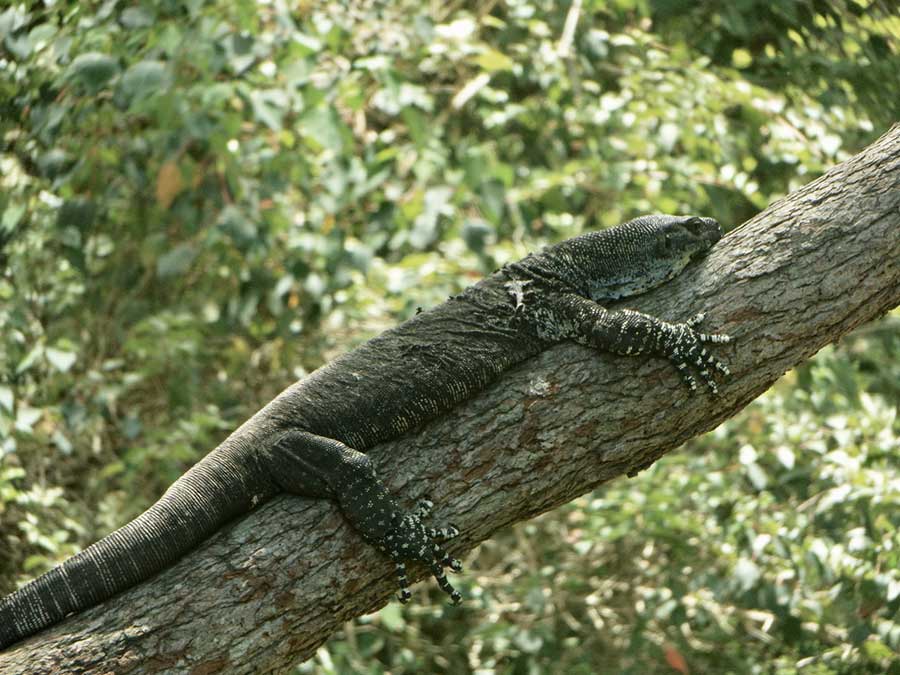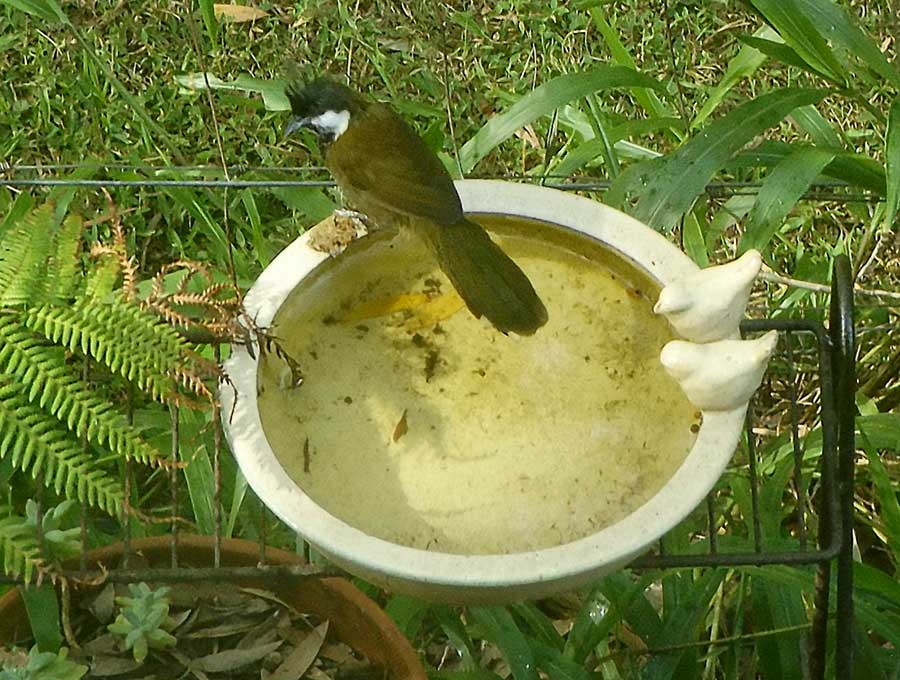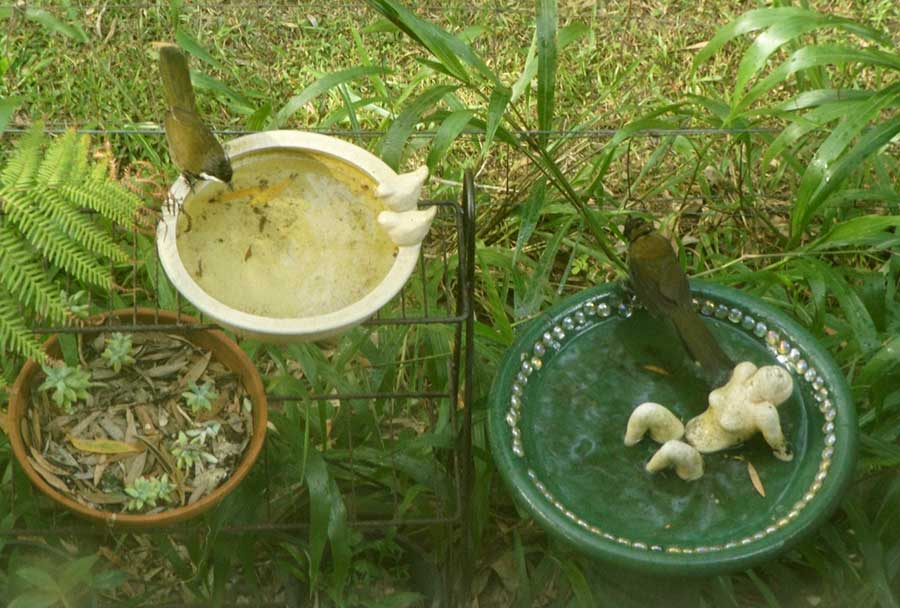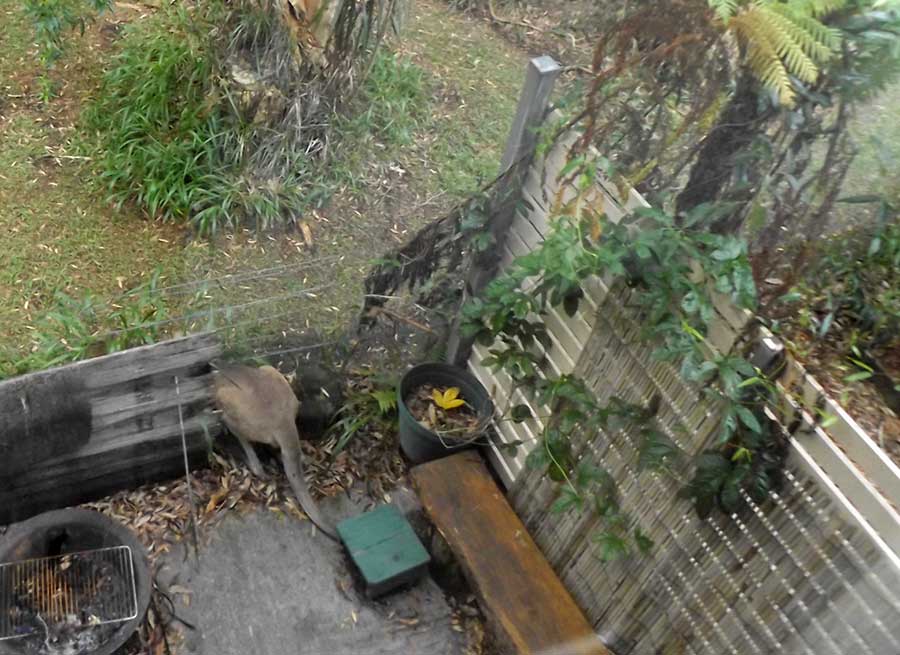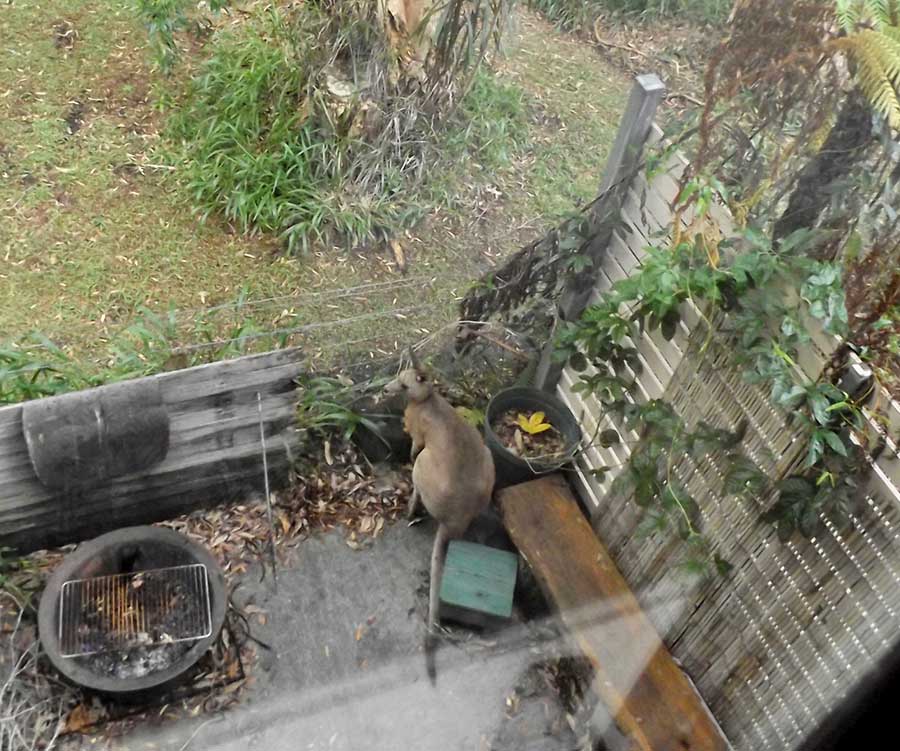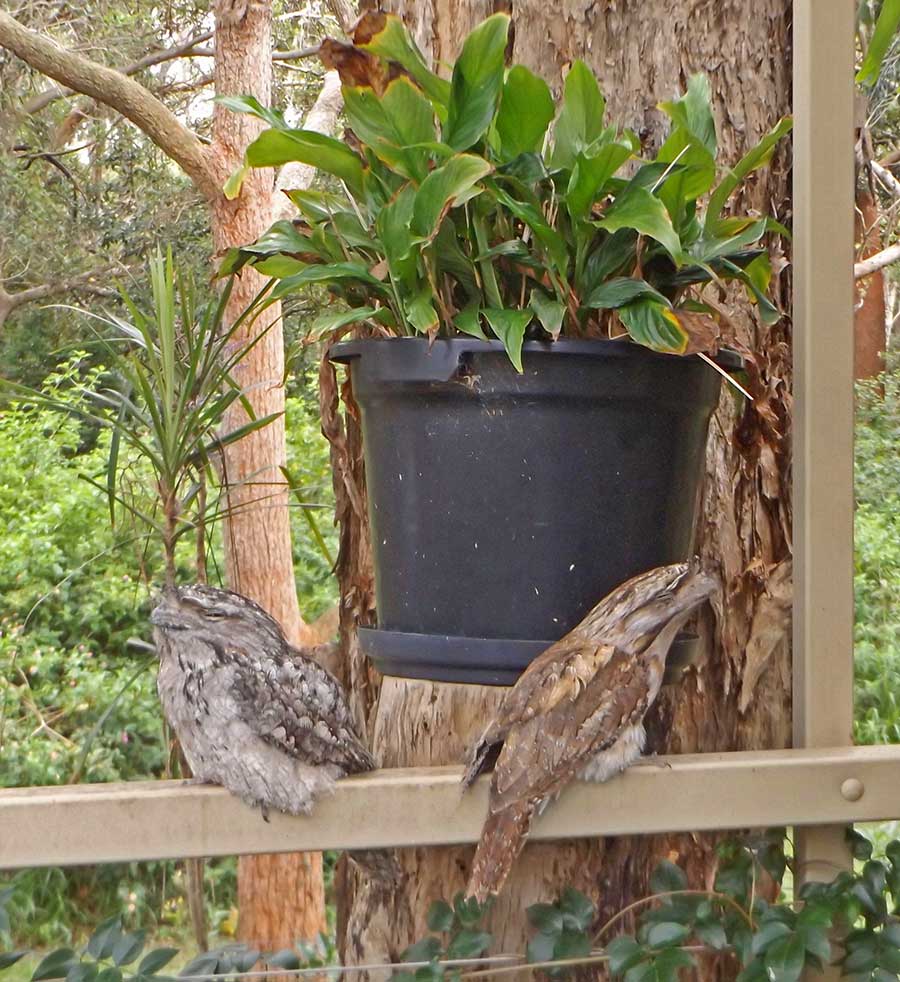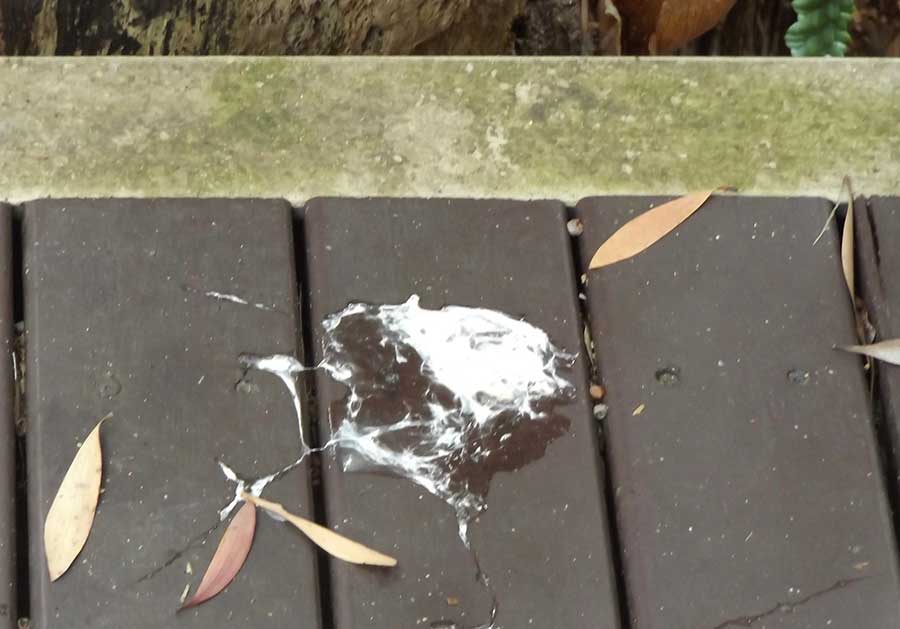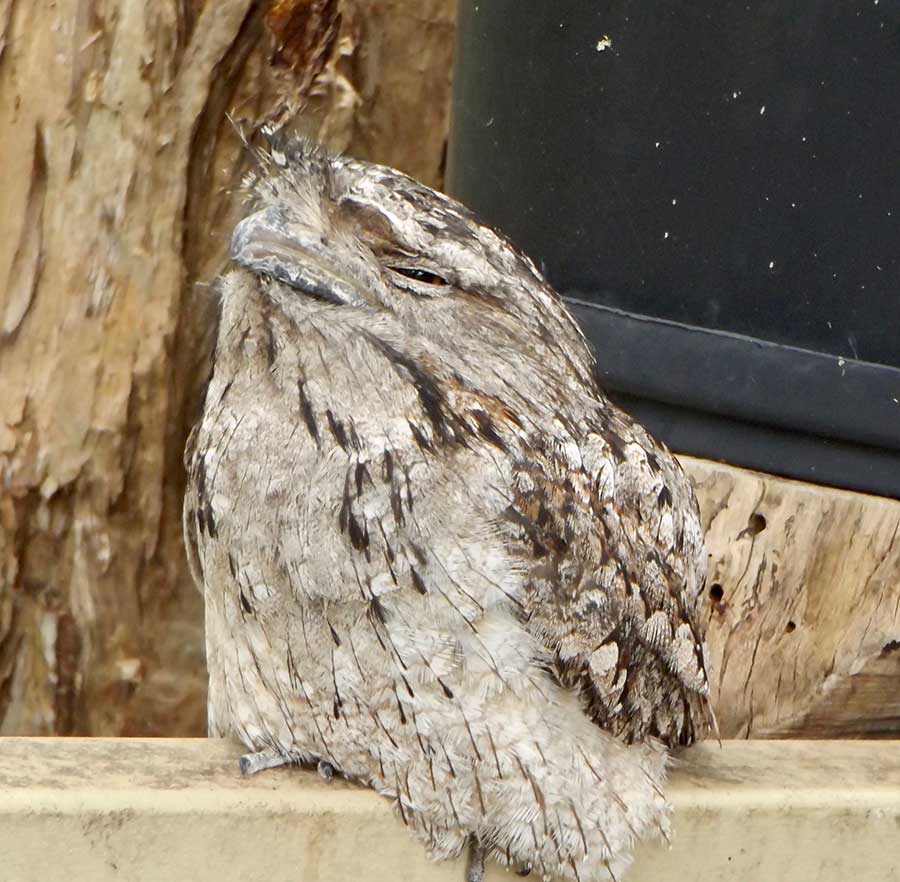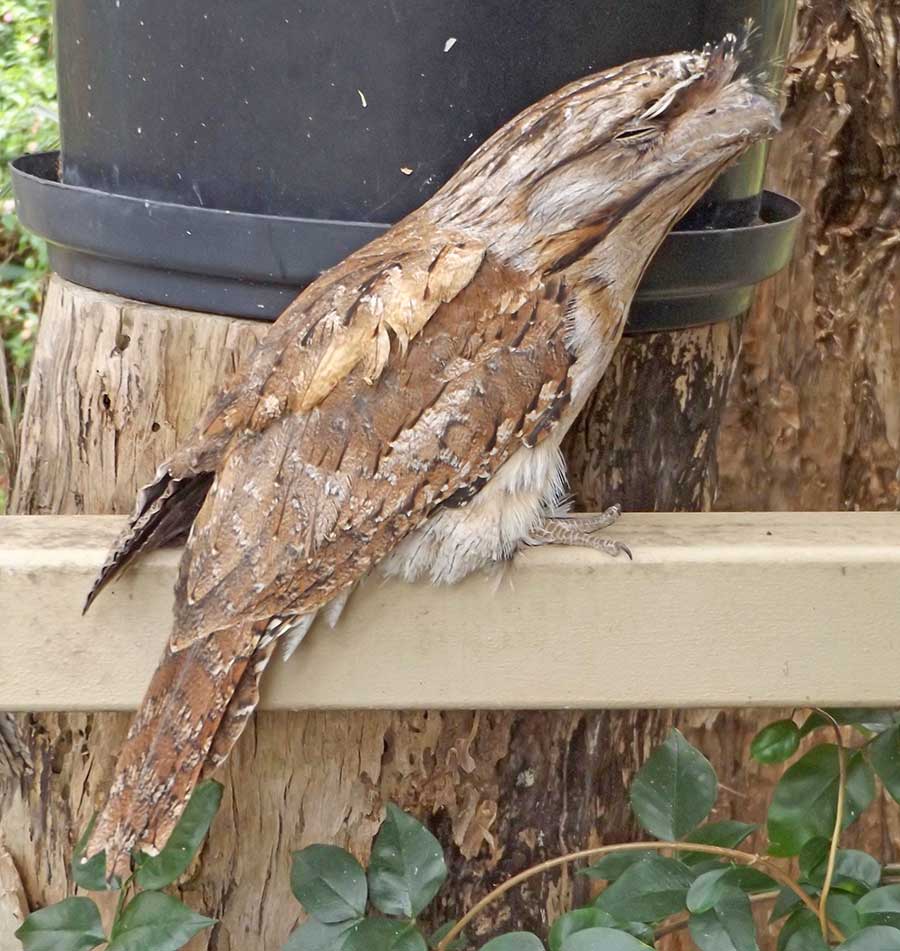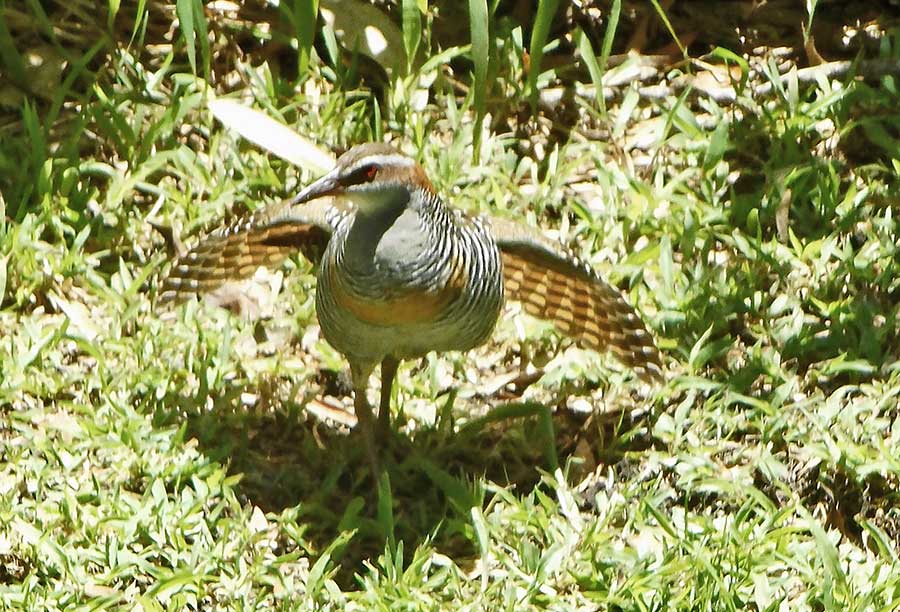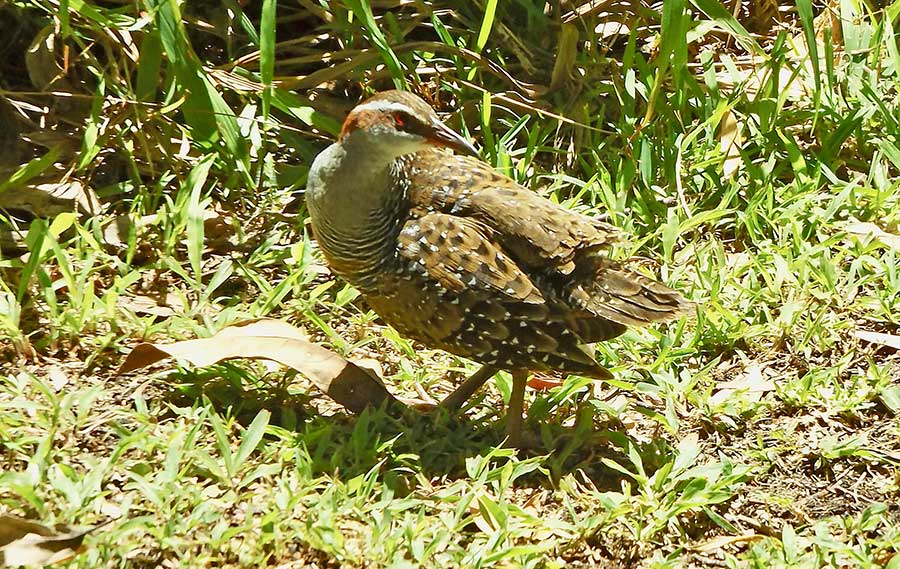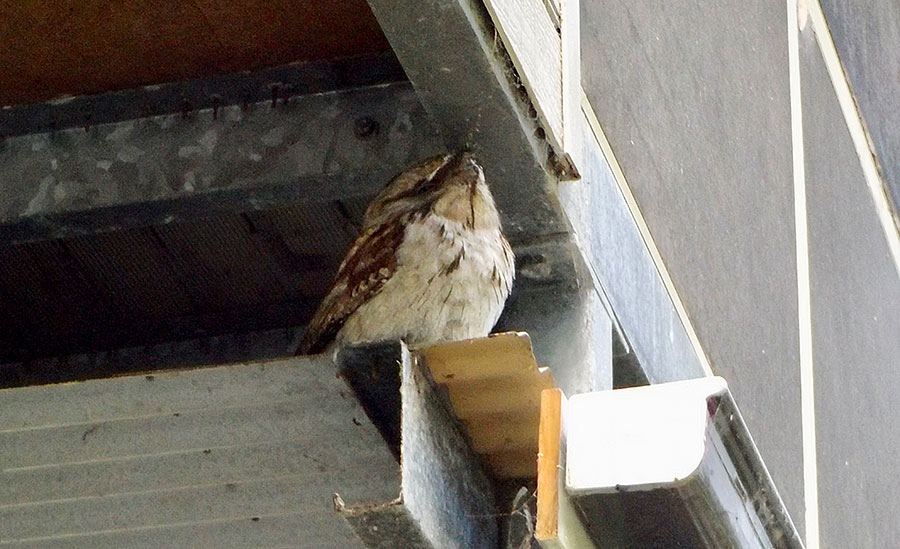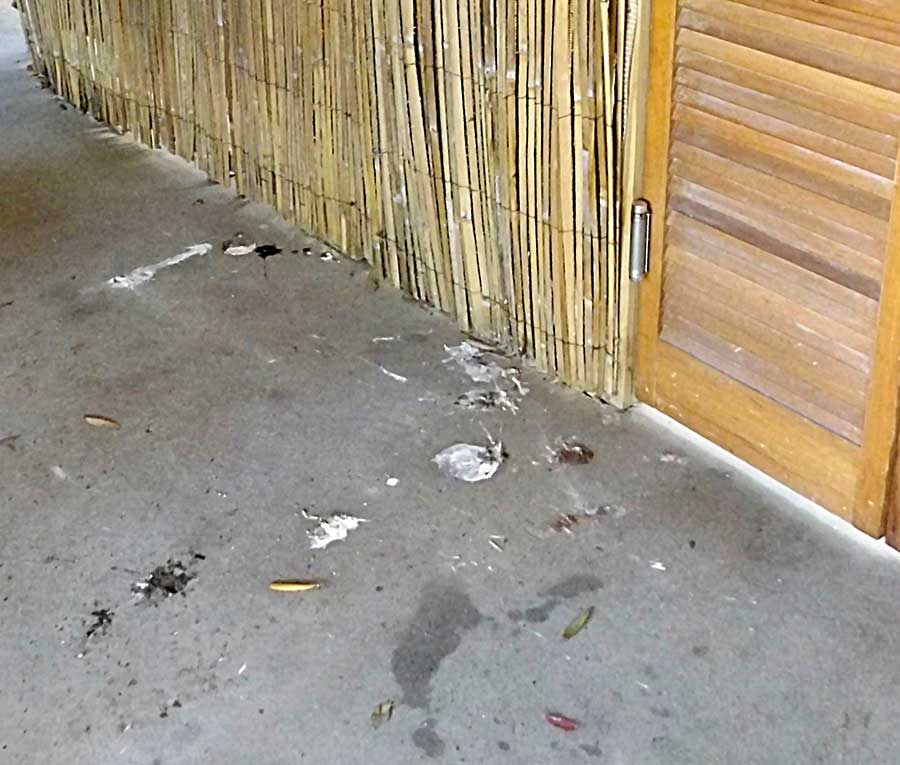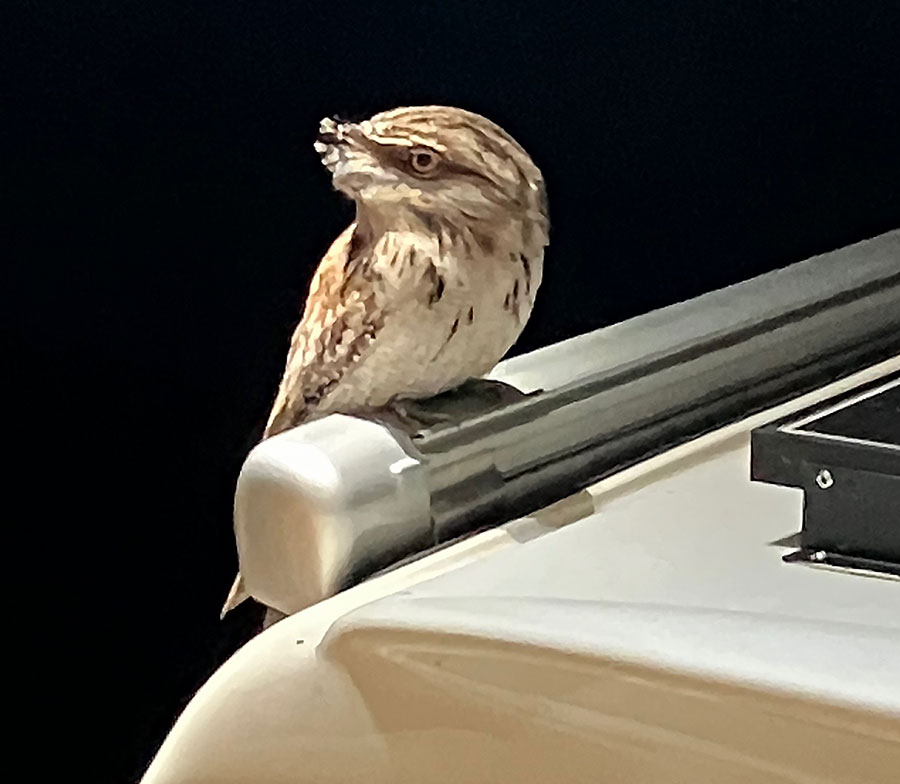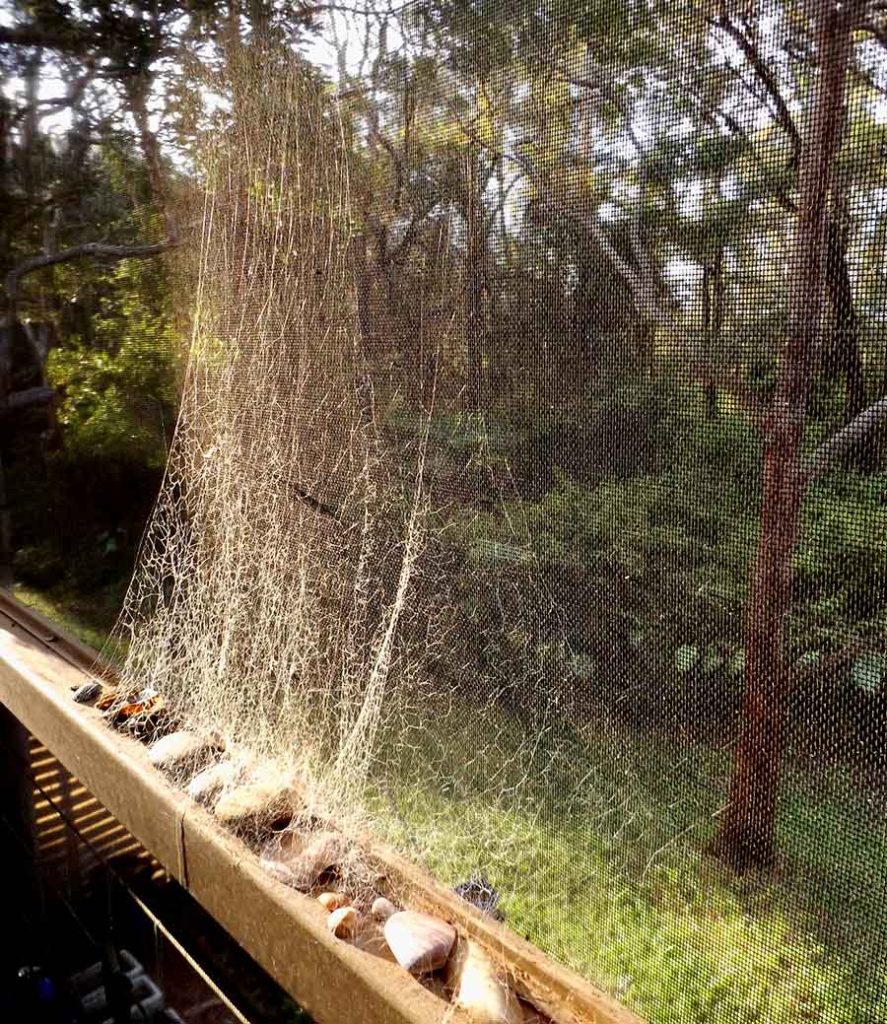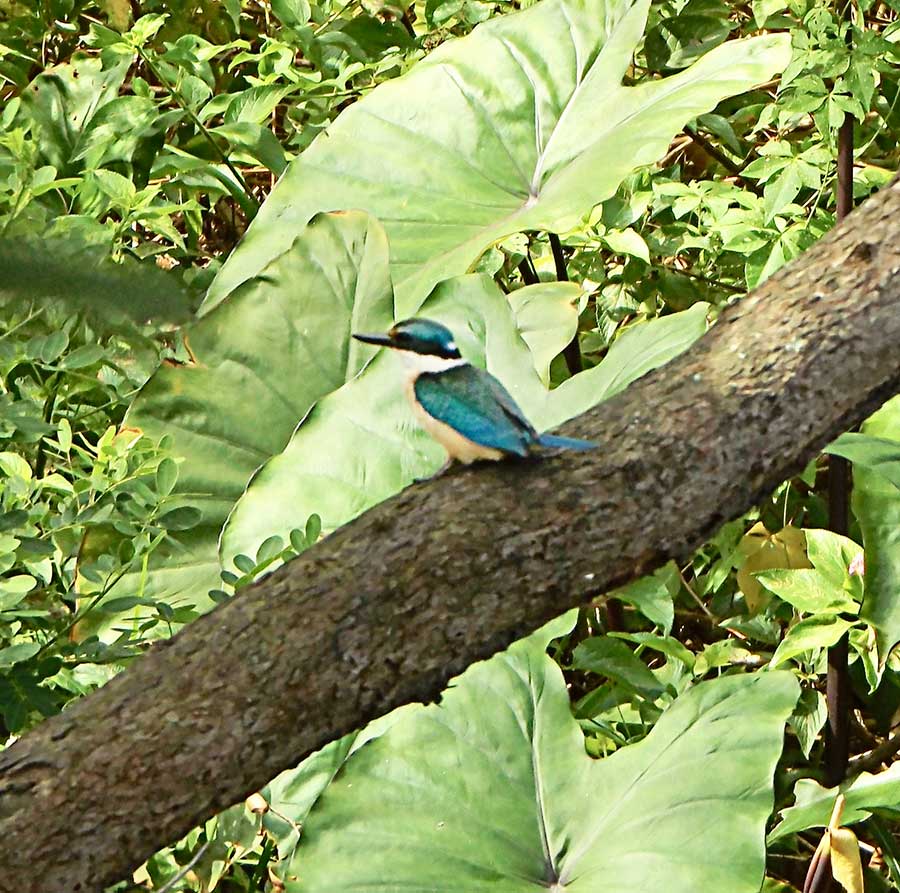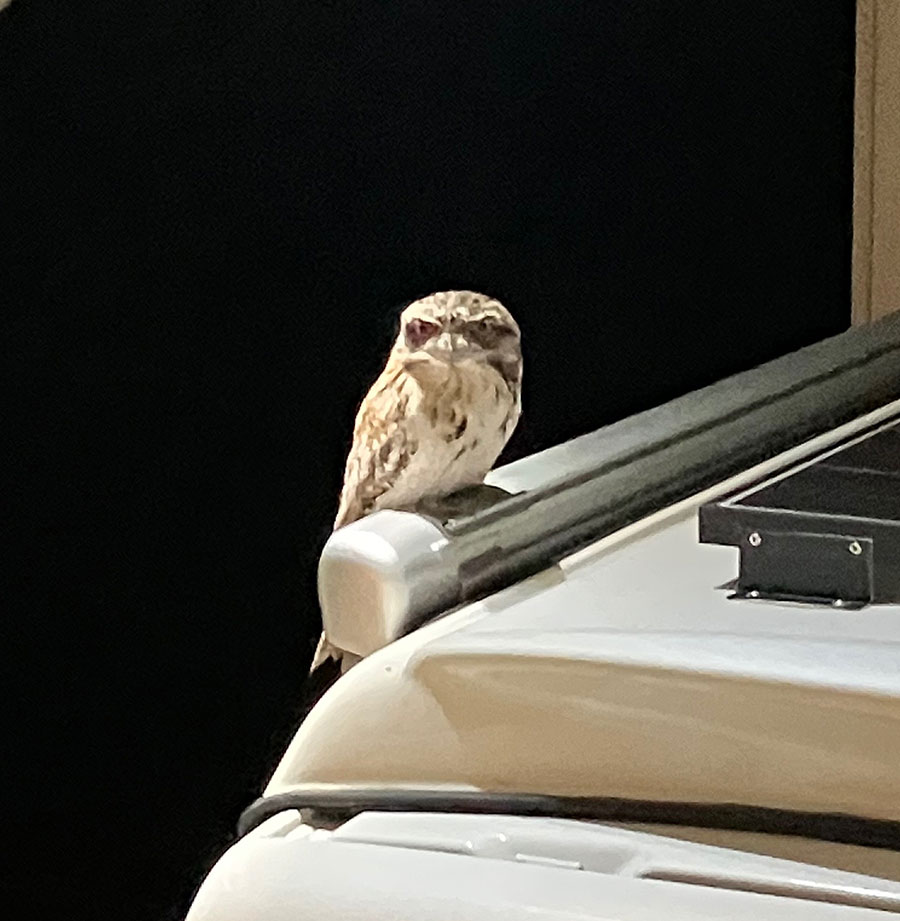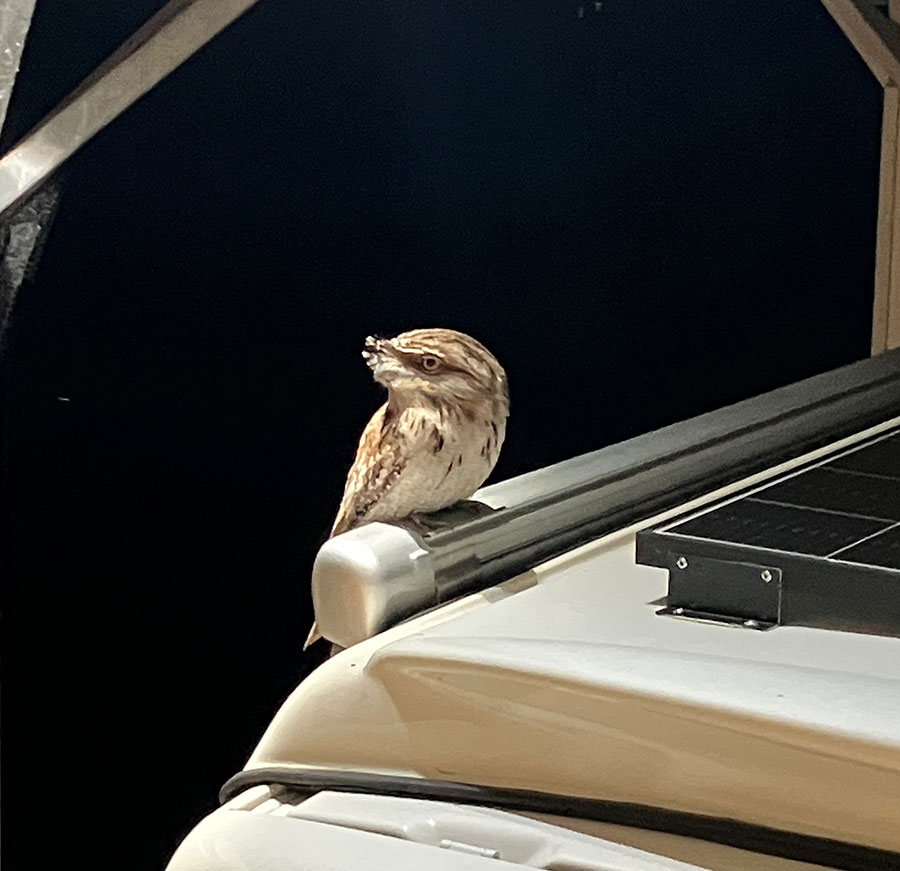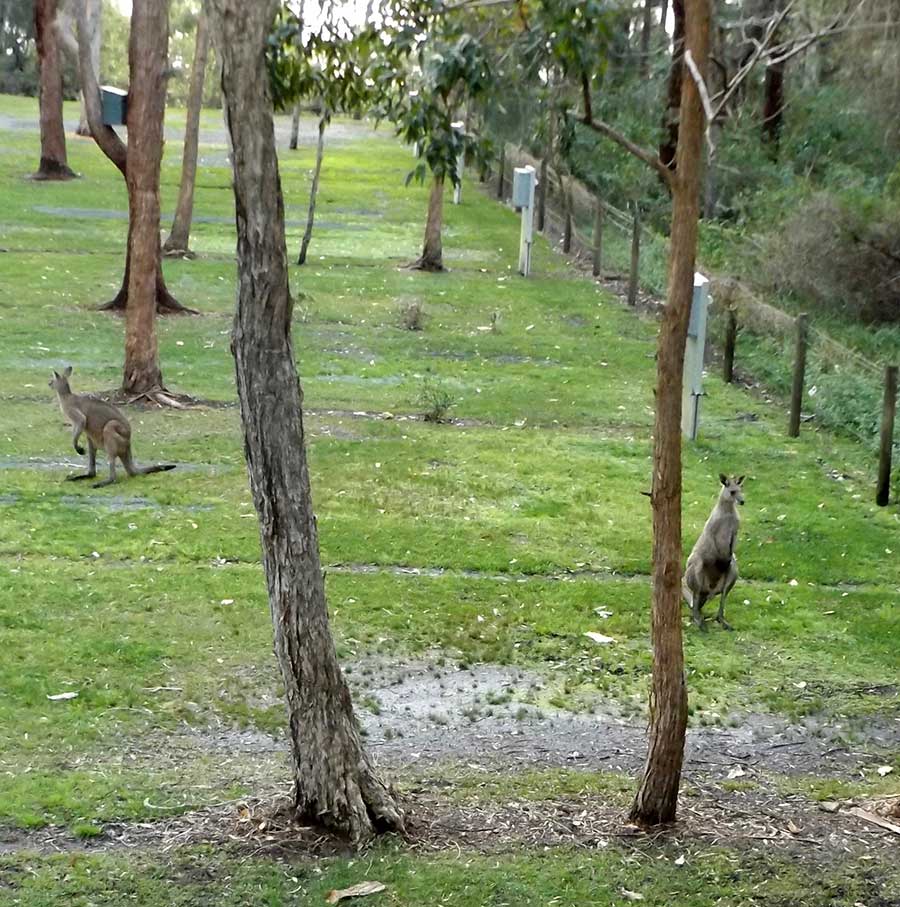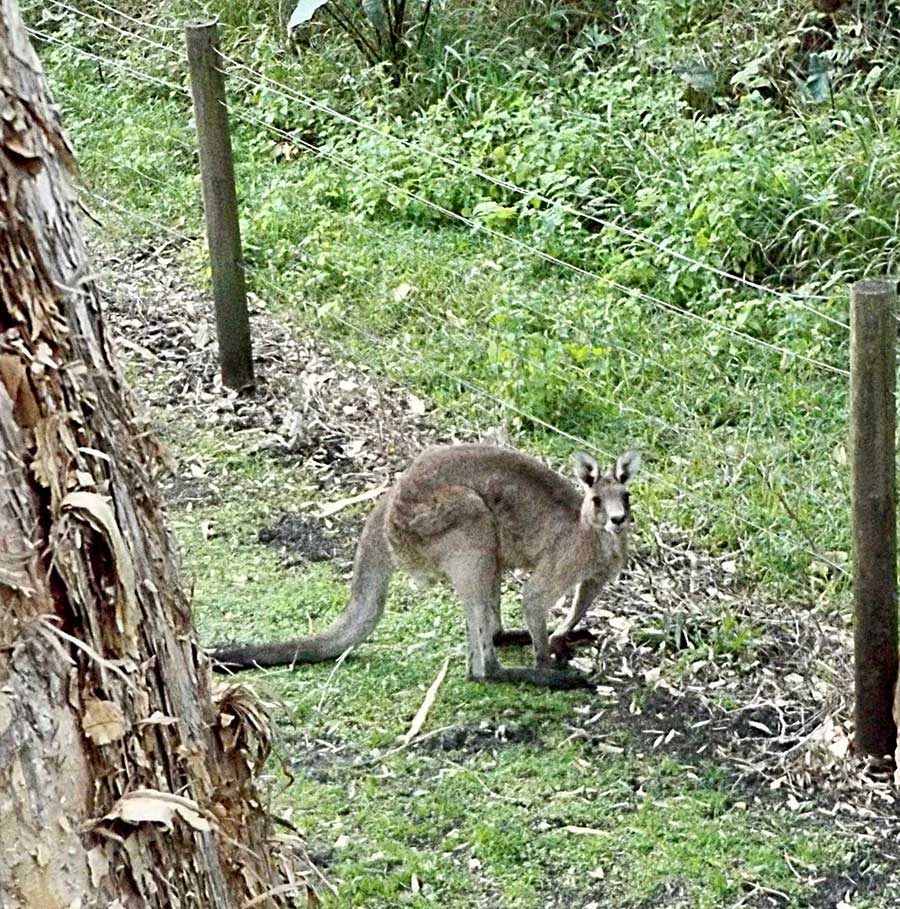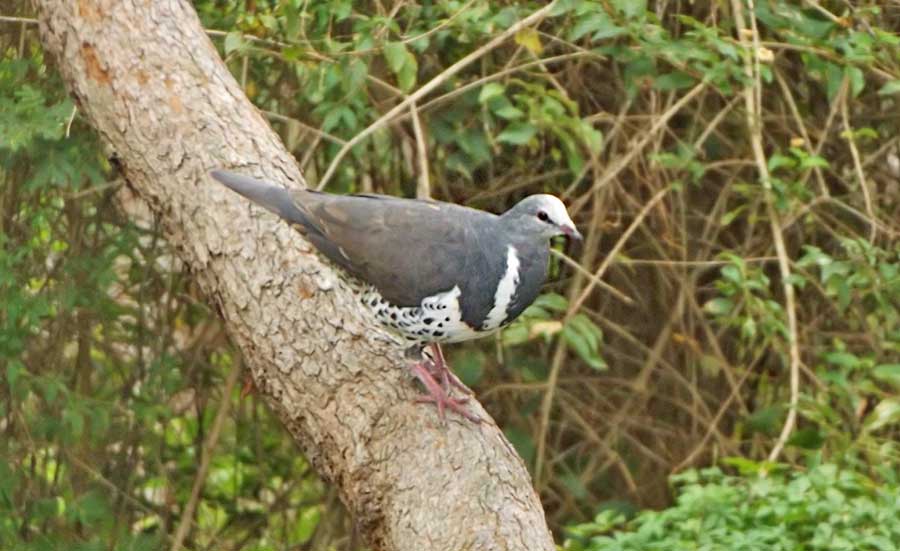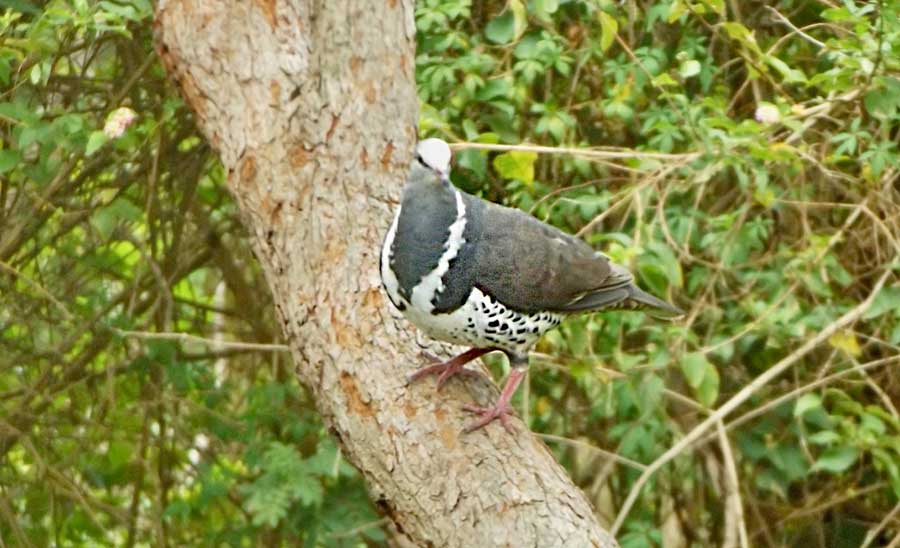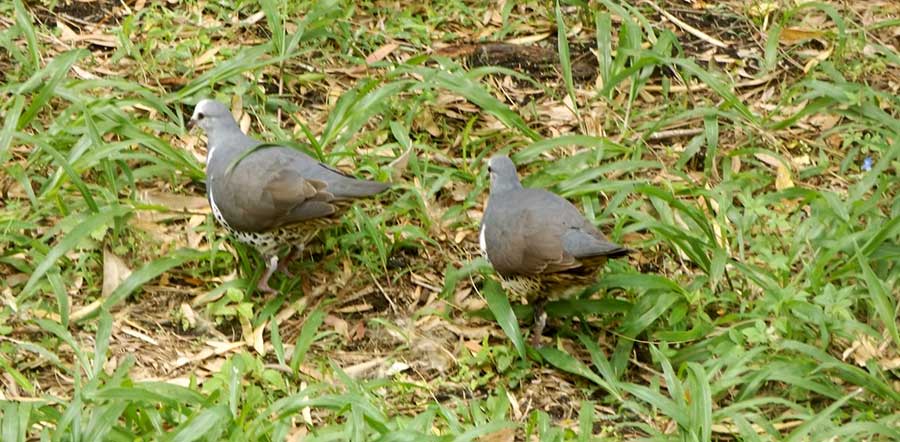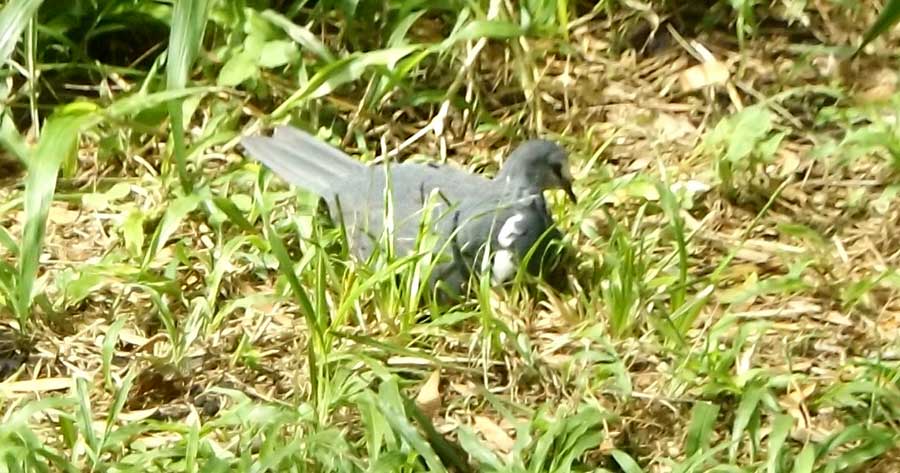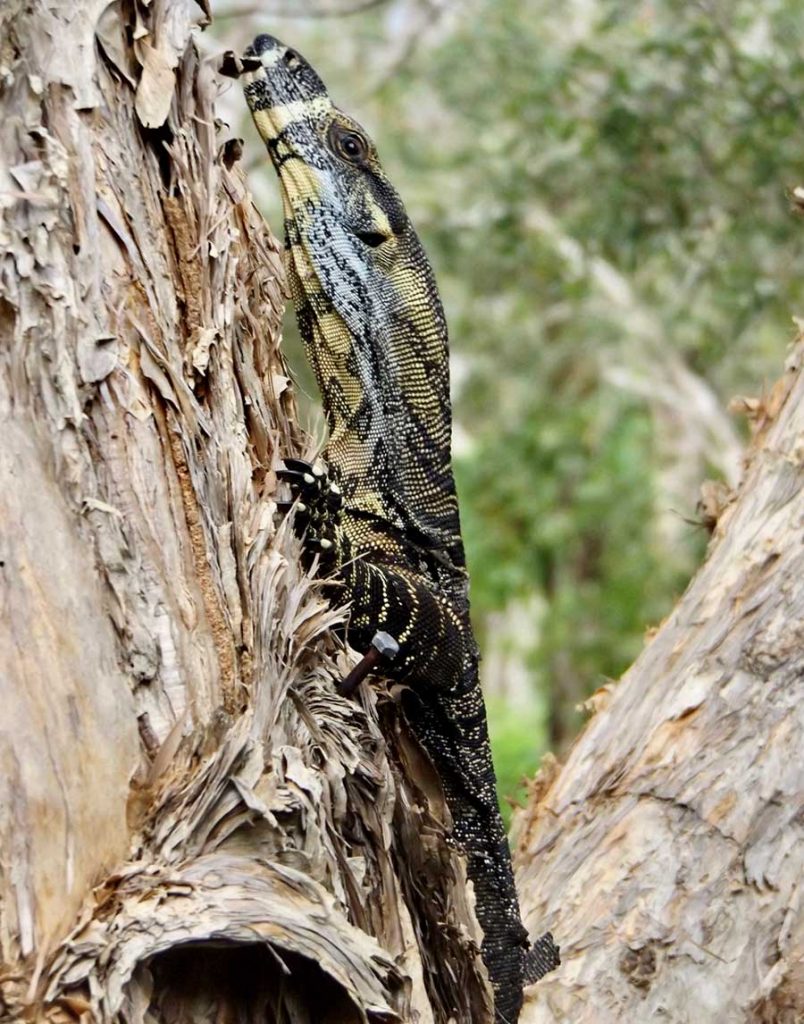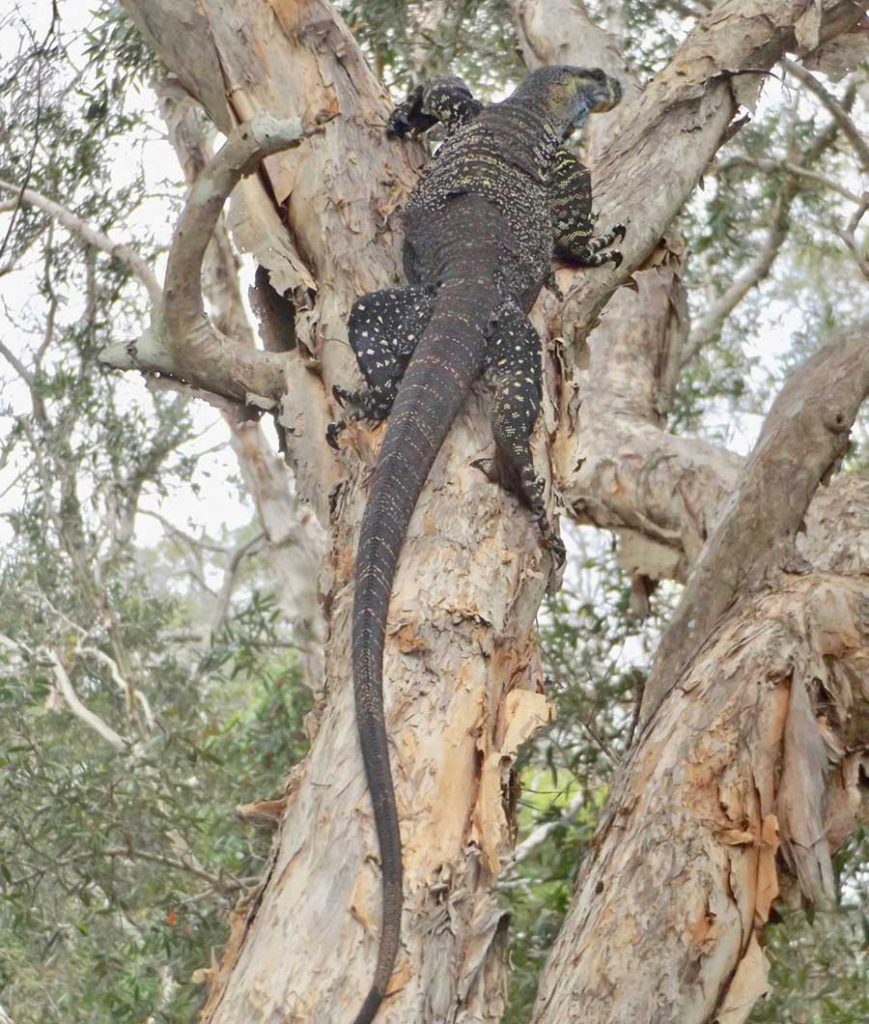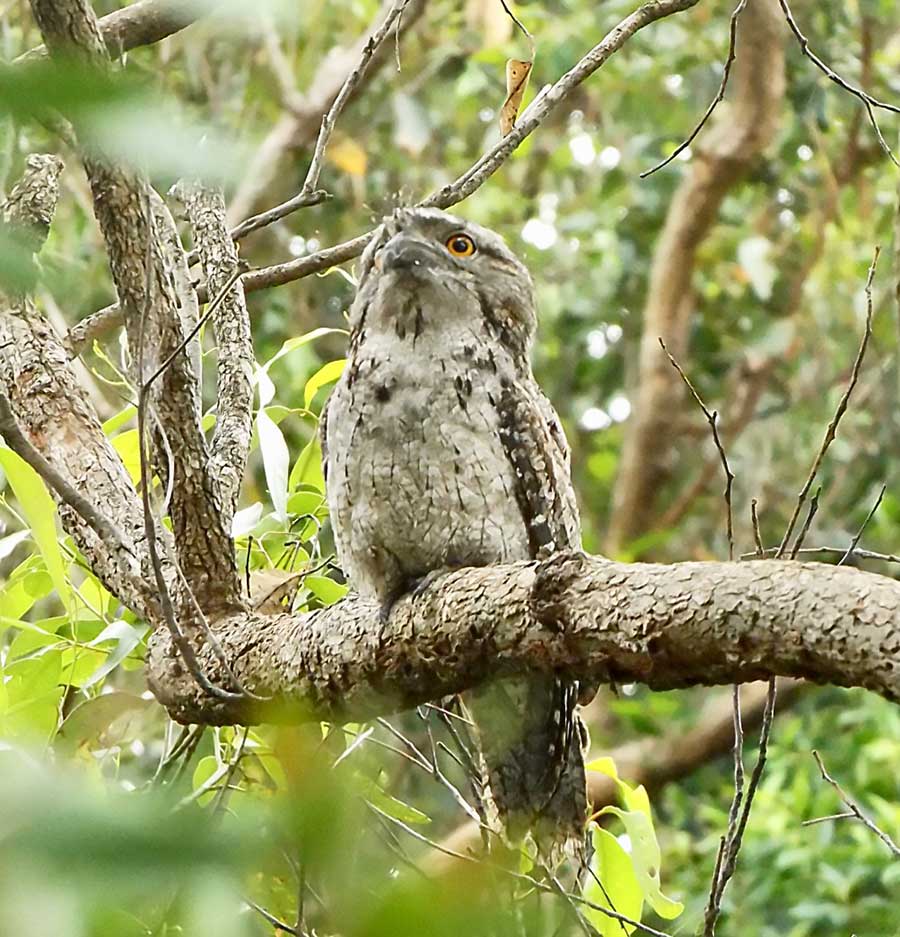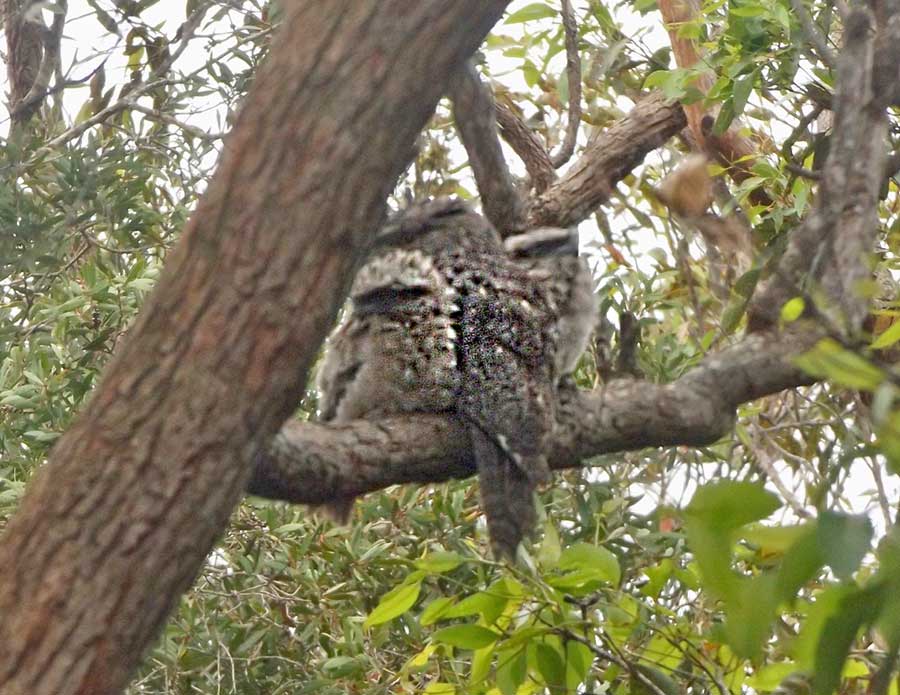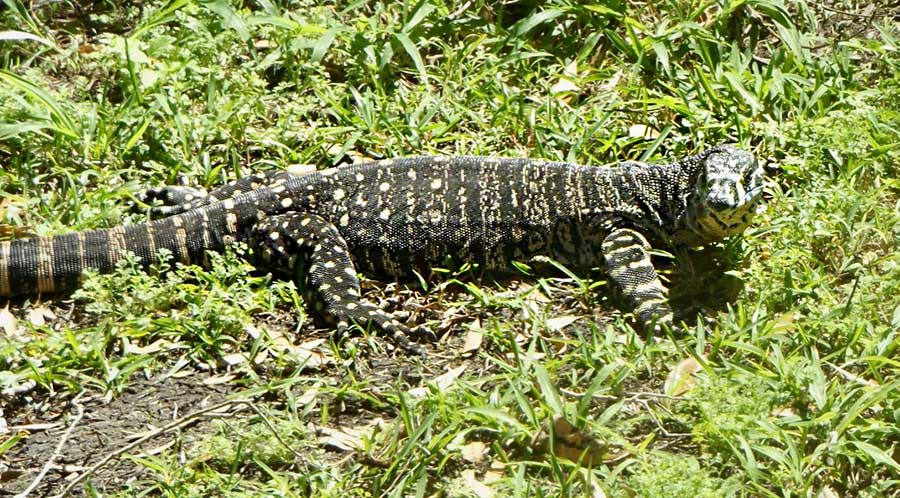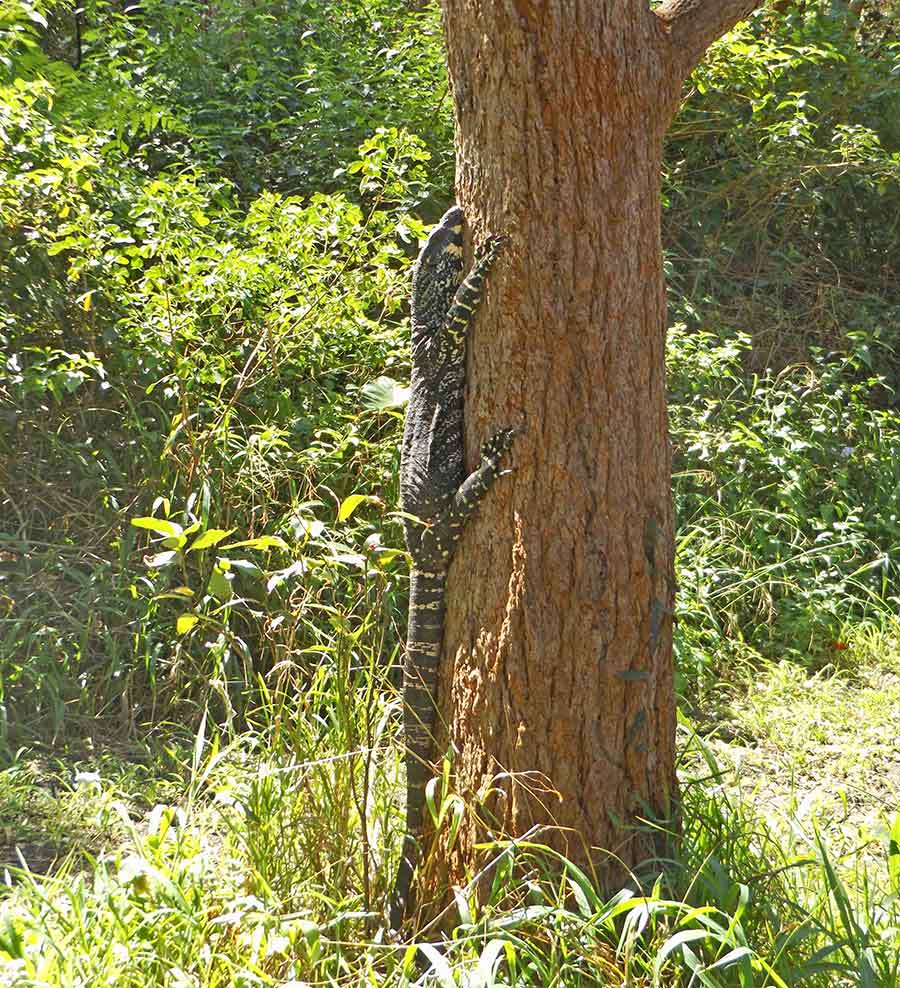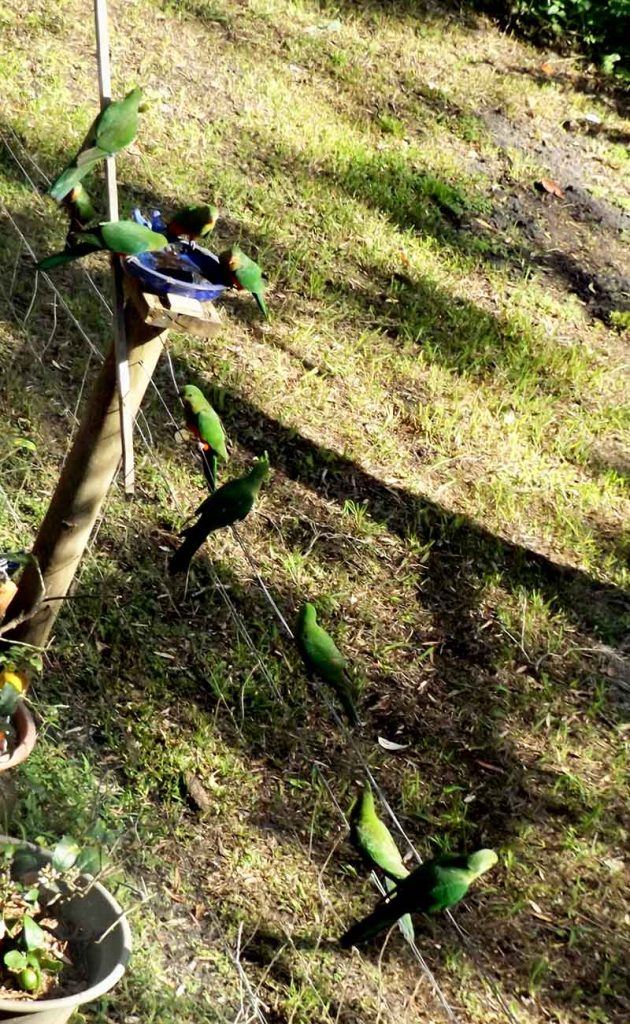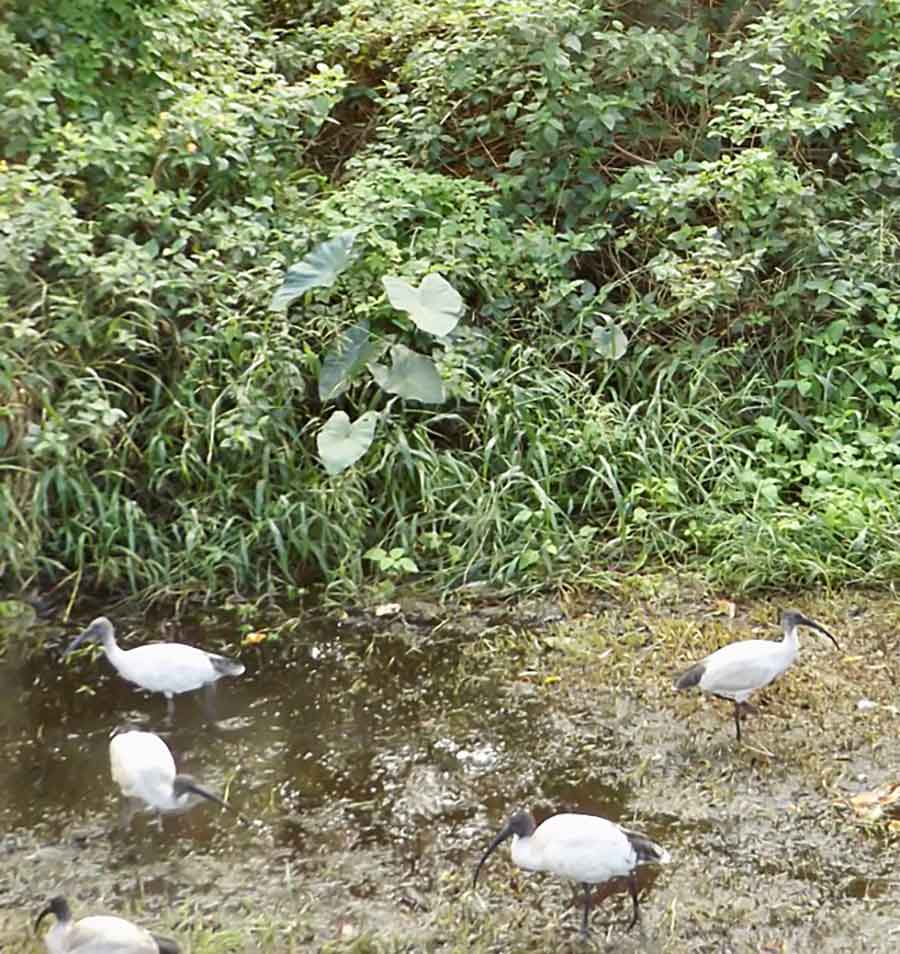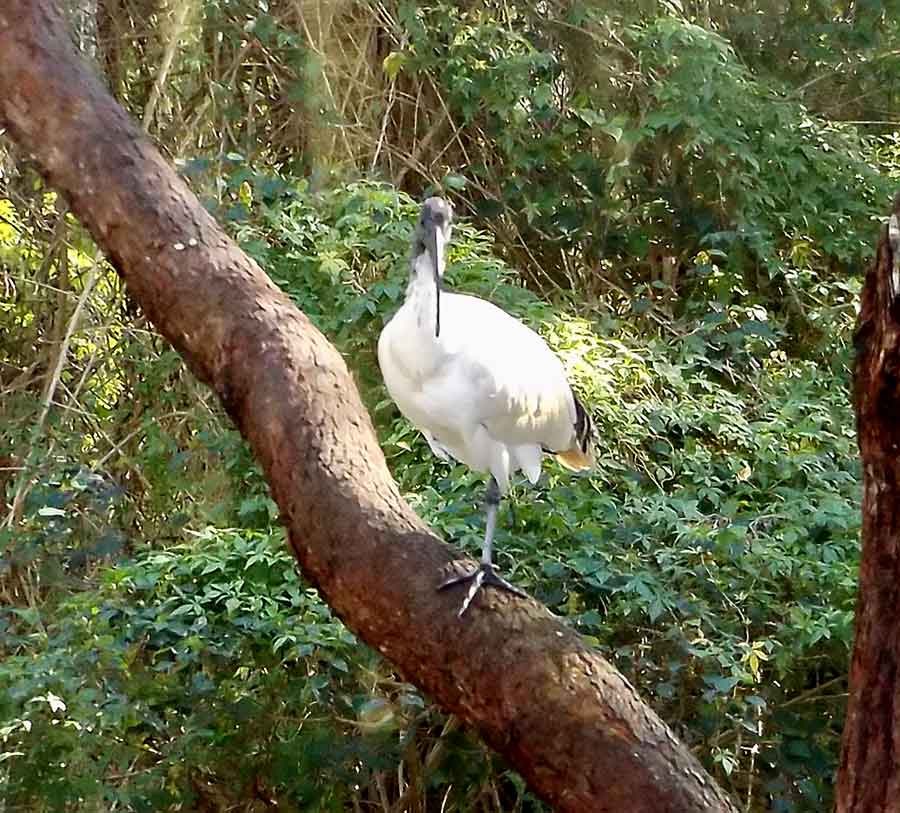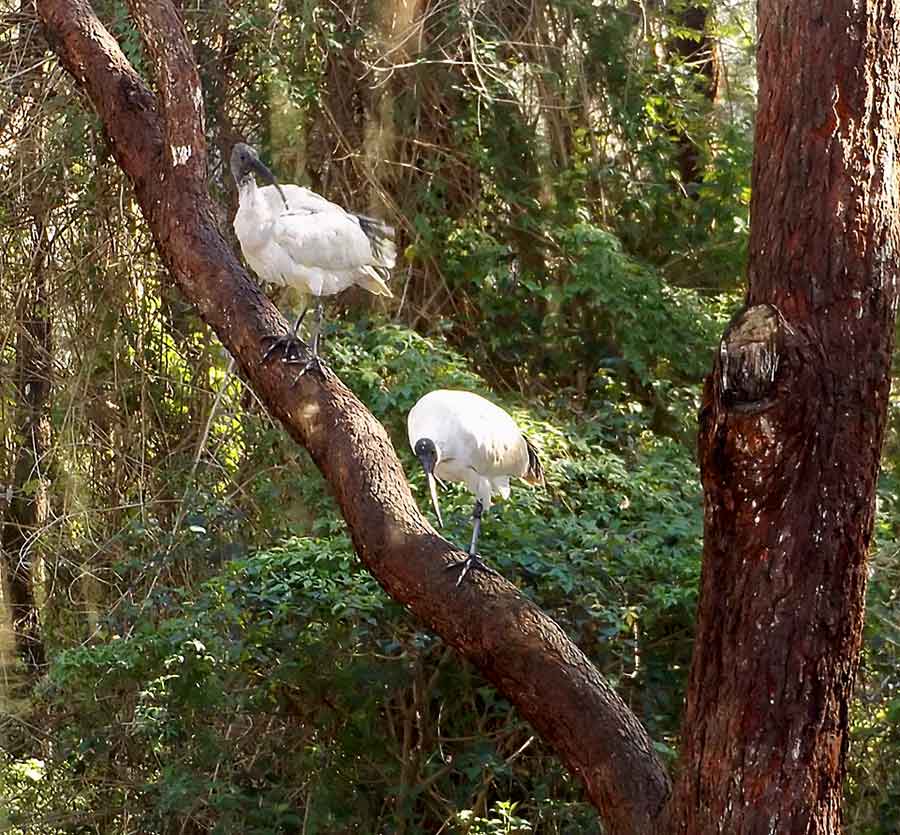My new place has families of Eastern Water Dragons (Intellagama lesueurii lesueurii).
They mainly sunbake, even in the middle of the road, or perch on raised plantings in the garden.
Liking water, they do swim; I have seen one here jump into a bucket half-full of water– incidentally scaring the daylights out of me!


Often mistaken for a Frill-necked Lizard, they are beautifully patterned, with the most elegant long toes and fingers. Their heads are always up, questing, curious?

Last week a visiting friend, Jane, seemed to have special appeal as the largest Dragon, the male I assume, came up onto the verandah where we were sitting. He was almost under our chairs, pointing his spade-shaped head this way and that.
They are mainly insectivorous, but like all sorts of delicacies as they mature, so maybe he thought we had cake — we didn’t, just coffee.

While unafraid, these Dragons are wary, so I wasn’t game to get up to fetch my camera. But Jane had her phone camera, so took these great pictures.
I am very grateful to have them as my resident wildlife.

